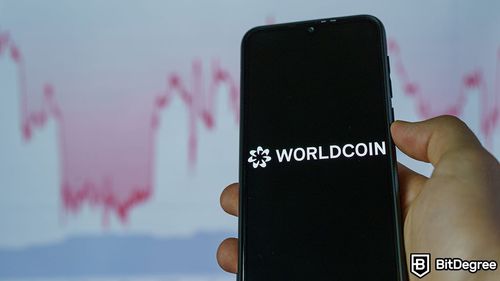It is believed that only 1,000 users signed up for the project across 20 countries.
The cryptocurrency project Worldcoin, known for its unique biometric sign-up method, opened for public participation on July 24th.
The initiative promised 25 of their native Worldcoins (WLD) to any user willing to have their iris scanned at designated locations in 20 countries. However, despite the anticipation leading up to the launch, the project's early user enrollment seems less enthusiastic than anticipated.

Did you know?
Want to get smarter & wealthier with crypto?
Subscribe - We publish new crypto explainer videos every week!
Is Your Crypto Safe? (5 Best Crypto Security Practices Explained)


Worldcoin entered the public realm with a significant following, boasting two million pre-registrations. Yet, the excitement appears to have cooled since the actual rollout.
On its launch day, Hong Kong saw the highest surge of interest, offering three spots, or "Orbs," for iris scanning and World ID creation.
A South China Morning Post report revealed that each Hong Kong location attracted around 200 sign-ups on day one, making it the country with the highest participation among the 20 involved in the launch.
An Orb operator in Hong Kong, Heatherm Huang, noted that the city's sign-ups represented almost half of the total Worldcoin registrations across all new markets. Therefore, the estimated user engagement across all markets was around 1,000.
However, the contrast between the pre-launch numbers and actual sign-ups indicates a dwindling interest. The pre-launch activities have been controversial, with an MIT report suggesting the Worldcoin team used various cash incentives, deceptions, and more to attract the first million users, especially in regions where data regulations lack supervision.
The Worldcoin project, despite its unconventional user onboarding approach, has faced criticism from several crypto industry figures, including Ethereum co-founder Vitalik Buterin.
Despite the controversies, Worldcoin asserts that it does not collect personal data and can erase biometric information at a user's request. However, the initial user response post-launch indicates the project may face an uphill battle in garnering the widespread user interest it seeks.





















